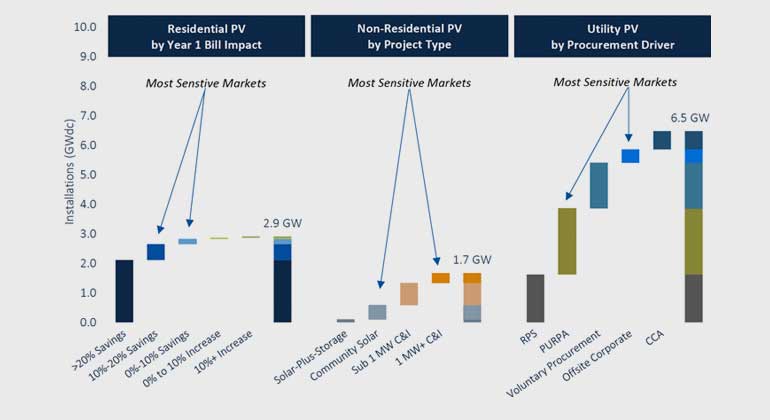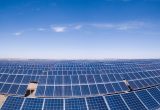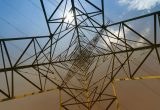Destroy the industry to save it? Another report warns of Section 201 case’s potentially devastating effects
GTM Research’s latest report predicts a 50% to 60% overall reduction to solar installations if trade action is taken, with the utility-scale sector taking the most significant hit.
After the indiscriminate bombing of the Vietnamese city of Ben Tre in 1968, one U.S. Army office is famously supposed to have told Associated Press correspondent Peter Arnett that it had become necessary to destroy the village in order to save it.
Could Suniva and SolarWorld be pursuing their Section 201 trade complaint under the same muddled logic?
For the second time in little more than a month, a report has surfaced – this time by GTM Research – that suggests a successful execution of Suniva’s petition to protect it from foreign competition under Sections 201 and 202 of the Trade Act of 1974 could produce a 50% to 66% reduction in the U.S. solar market, with the utility-scale pipeline taking the most significant hit initially.
GTM Research suggests one of two outcomes depending on how the U.S. International Trade Commission (ITC) and President Donald J. Trump’s administration decide to handle the complaint:
- If Suniva’s suggested remedy of a $0.78/Wdc minimum crystalline silicon PV module price is accepted, U.S. solar demand would be reduced by 50% cumulatively over the next five years.
- If the minimum price is added to Suniva’s proposed $0.40/Wdc tariff on imported crystalline PV cells, U.S. demand would be reduced by 66% cumulatively over the next five years.
The GTM authors write, however, that if new tariffs are imposed: “… a larger number of state markets for utility PV than for distributed PV are at risk of seeing deployment erased altogether under either tariff scenario.”
The report is quick to caution the industry against panic and outlines seven scenarios that could completely alter its analysis, including the possibility that the ITC finds no injury has been done or there’s a negotiated settlement (see executive summary for more details).
t should also be noted that one of the parties to this complaint, SolarWorld, also filed trade complaints of its own in 2011 that set off a firestorm of criticism and condemnation from well-known industry observers who predicted dire consequences for the industry – consequences that clearly did not materialize, given the industry’s continued explosive growth during that period. The complaints have been filed with different trade organizations that operate with different criteria, however, so a direct correlation between the two situations can’t be drawn.
The GTM report is the second in little over a month that outlines the potentially devastating effects of Suniva’s trade complaint (later joined by SolarWorld) on the industry. In May, IHS Markit predicted a potential 60% reduction in the U.S. solar industry by 2020 if Suniva’s complaint is successful.
This report is available for purchase or as part of GTM’s solar research subscription. Contact solarsubscription@gtmresearch.com to learn more.
Source
pv-magazine.com | Frank Andorka 2017 | More articles from Frank Andorka







